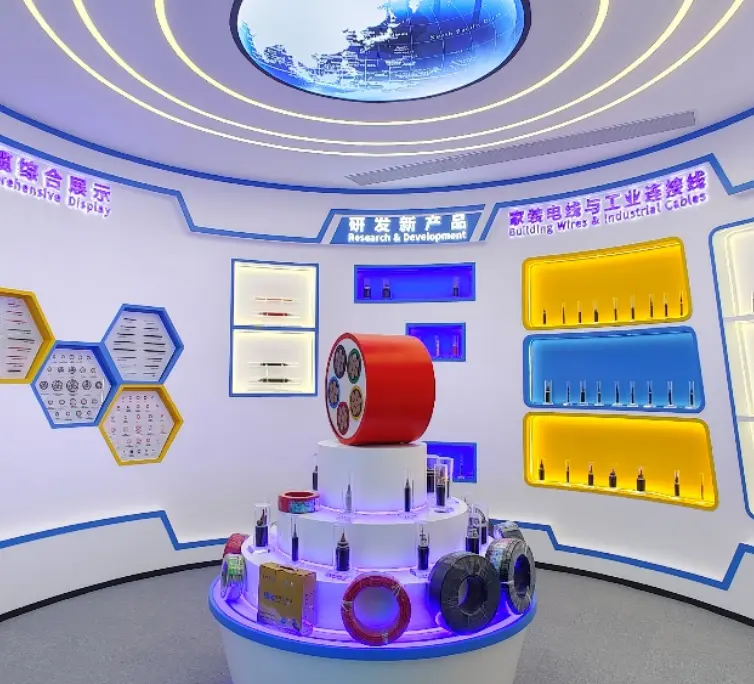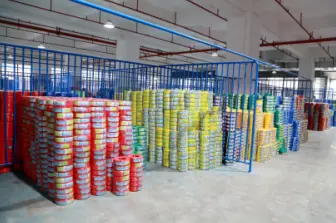Harvesting Wind Energy: Aluminium bare Conductor in Wind Turbine Transmission
Introduction to Wind Energy and its Importance in Renewable Power Generation
Wind energy has emerged as a crucial part of the world's transition towards renewable power generation. With the growing concerns over climate change and the depletion of fossil fuels, wind energy has proven to be a sustainable and efficient solution. Wind turbines, the primary means of harnessing wind energy, consist of various components working together to convert the wind's kinetic energy into electrical power. Among these components, the transmission system plays a vital role in delivering the generated electricity to the grid. In this blog, we will explore the significance of aluminium bare conductor in the transmission system of wind turbines and how it contributes to the overall efficiency of wind energy harvesting.
Aluminium Bare Conductor: The Backbone of Wind Turbine Transmission Systems
Aluminium bare conductor is a key component in wind turbine transmission systems due to its unique properties. As a lightweight and corrosion-resistant material, aluminium bare conductor offers numerous advantages over traditional copper conductors. Its reduced weight significantly decreases the overall weight of the wind turbine, making it easier and more cost-effective to install and maintain. Additionally, the corrosion-resistant nature of aluminium ensures a longer lifespan for wind turbine transmission systems, reducing maintenance costs and downtime.
Enhanced Efficiency and Reliability with Aluminium Bare Conductor
The integration of aluminium bare conductor in wind turbine transmission systems enhances both efficiency and reliability. Due to aluminium's high electrical conductivity, power loss during transmission is minimized, leading to higher overall energy efficiency. Aluminium also boasts a lower resistance to airflow, enabling wind turbines to capture a larger amount of wind energy. This increased capturing efficiency translates into higher electricity generation potential.
Furthermore, the robustness and durability of aluminium bare conductor contribute to the reliability of wind turbine transmission systems. The material's resistance to extreme weather conditions, such as strong winds and temperature fluctuations, ensures uninterrupted power transmission throughout various environmental challenges. This reliability reduces downtime and maintenance costs, bolstering the economic viability of wind energy projects.
Environmental Benefits: Aluminium Bare Conductor Promotes Sustainable Wind Energy
Beyond its technical advantages, the use of aluminium bare conductor in wind turbine transmission systems aligns with the environmental objectives of renewable energy. Aluminium is highly recyclable and requires significantly less energy for production compared to copper. Choosing aluminium bare conductor promotes sustainable practices by reducing the carbon footprint associated with wind energy generation.
Harvesting wind energy has become essential in the global pursuit of sustainable power generation. The integration of aluminium bare conductor in wind turbine transmission systems offers various benefits, ranging from increased efficiency and reliability to lower maintenance costs and environmental sustainability. As the world continues to transition towards renewable energy, the importance of aluminium bare conductor in maximizing wind energy harvesting cannot be overstated.
Latest News & Blog
 English
English  français
français  Deutsch
Deutsch  العربية
العربية  tiếng việt
tiếng việt  ไทย
ไทย  čeština
čeština  Indonesia
Indonesia  Eesti
Eesti  български
български  slovenčina
slovenčina 



